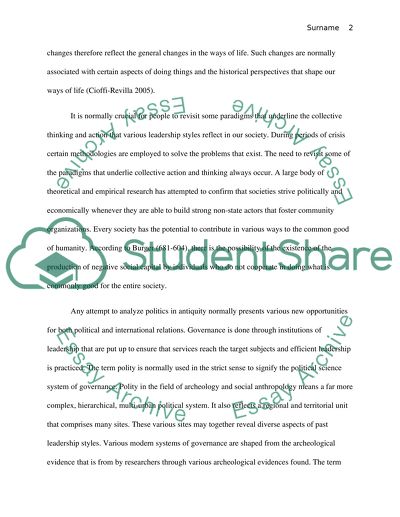Cite this document
(Peer Polity Interaction Essay Example | Topics and Well Written Essays - 1750 words, n.d.)
Peer Polity Interaction Essay Example | Topics and Well Written Essays - 1750 words. https://studentshare.org/politics/1560357-peer-polity-interaction-and-socio-political-change
Peer Polity Interaction Essay Example | Topics and Well Written Essays - 1750 words. https://studentshare.org/politics/1560357-peer-polity-interaction-and-socio-political-change
(Peer Polity Interaction Essay Example | Topics and Well Written Essays - 1750 Words)
Peer Polity Interaction Essay Example | Topics and Well Written Essays - 1750 Words. https://studentshare.org/politics/1560357-peer-polity-interaction-and-socio-political-change.
Peer Polity Interaction Essay Example | Topics and Well Written Essays - 1750 Words. https://studentshare.org/politics/1560357-peer-polity-interaction-and-socio-political-change.
“Peer Polity Interaction Essay Example | Topics and Well Written Essays - 1750 Words”. https://studentshare.org/politics/1560357-peer-polity-interaction-and-socio-political-change.


